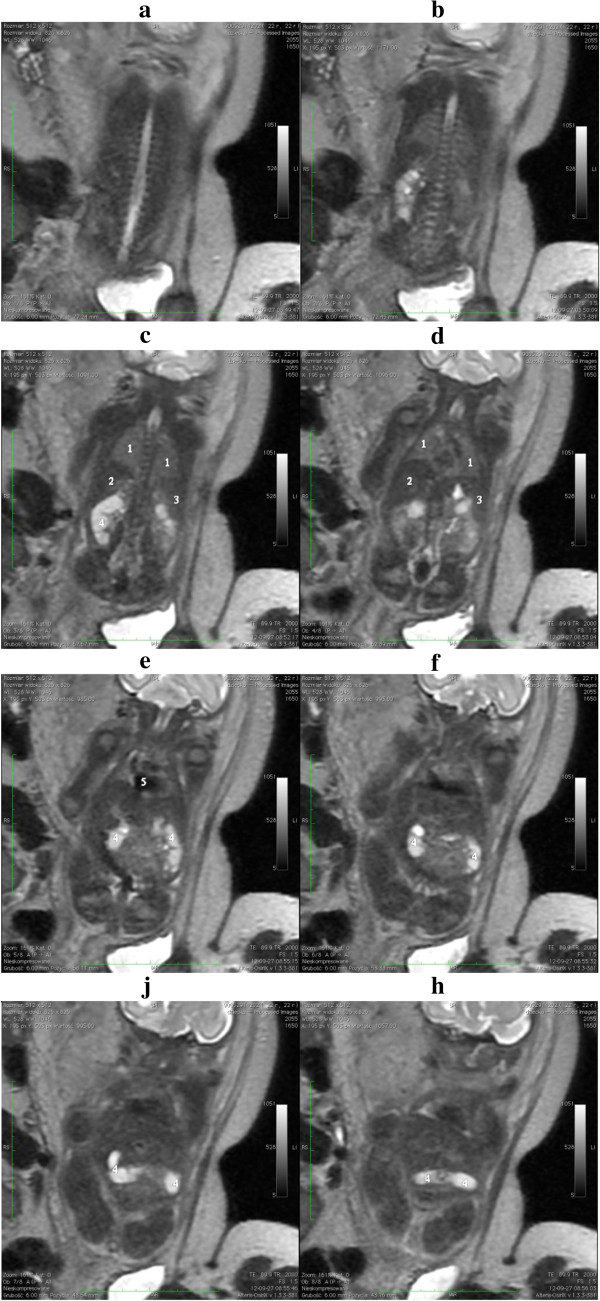User:Z3465141: Difference between revisions
No edit summary |
No edit summary |
||
| Line 3: | Line 3: | ||
Lab 2 --[[User:Z3465141|Z3465141]] ([[User talk:Z3465141|talk]]) 11:56, 13 August 2014 (EST) | Lab 2 --[[User:Z3465141|Z3465141]] ([[User talk:Z3465141|talk]]) 11:56, 13 August 2014 (EST) | ||
Lab 3 --[[User:Z3465141|Z3465141]] ([[User talk:Z3465141|talk]]) 11:59, 20 August 2014 (EST) | |||
[http://www.ncbi.nlm.nih.gov/pubmed PubMed] | [http://www.ncbi.nlm.nih.gov/pubmed PubMed] | ||
Revision as of 11:59, 20 August 2014
Attendance
Lab 1 --Z3465141 (talk) 12:45, 6 August 2014 (EST)
Lab 2 --Z3465141 (talk) 11:56, 13 August 2014 (EST)
Lab 3 --Z3465141 (talk) 11:59, 20 August 2014 (EST)
[[1]]
Assessment 1
Research Article 1
<pubmed>25077107</pubmed>
The article above aim was to determine whether vitamin D levels effects women’s clinical pregnancy rates following in vitro fertilization (IVF) treatment. A total of 173 infertile women participated in the study that met the following criteria: being in the age category of 18-41 years, follicle-stimulating hormone level 12 IU/L or lower, as well as consent.
Participants of this study were divided into two categories based on their Vitamin D via the serum 25-hydroxy-vitamin D (25[OH]D) levels. Sufficient levels were classified for women to have ≥ 75 nmol/L of vitamin D whereas insufficient levels were classed as being < 75 nmol/L vitamin D levels. Successful patients IVF cycles resulted in a clinical pregnancy, which is defined as a visible intrauterine sac upon ultrasound.
The study concluded that the womens clinical pregnancy rates were subsequently higher per IVF cycle if the patient had a sufficient level of Vitamin D. Thus forming a relationship between serum 25-hydroxy-vitamin D (25[OH]D) levels and clinical pregnancy rates.
Assessment 2
<pubmed>24618008</pubmed>
